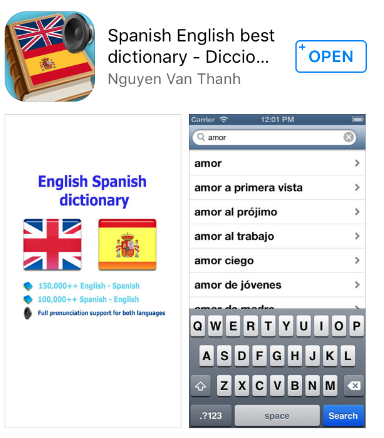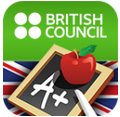Continuing with the theme of freedom for students to choose their own materials, here is another insight into one of my students.
I asked an advanced general English teacher that is a web designer and coder what he would like to learn. Much to my delight, like me, he is keen on technology and science fiction. So, in addition to the deep conversations and debates we have had about AI and ethics and the possibility of sustaining life on Mars we have shared YouTube clips, films and series that we both find fascinating.
This student is keen to widen his lexical range and to know if his colleagues are speaking correctly when they converse in English (because he works in a Danish company in Barcelona, so the “lingua franca” is English). To help him broaden his lexicon, I have suggested that once a week when he is reading journals and literature for work, that he focuses on the language, and pays special attention to the lexical items he understands from context, but that he wouldn’t be able to define in English or in Spanish. I steered him towards a free Spanish English dictionary app that stores the words looked up in “recientes” an option at the bottom of the screen. This is a great way to revise lexis which has been consulted in the dictionary and can be used to review and retrieve to ensure lexical items become a part of personal lexicon. The student has started to do this and is so far sticking to it! Bearing in mind that lexical items need to be used no less than twelve times it will take time to see drastic changes however gradually he will be able to build up his working vocabulary.
Another useful tool that we discussed doing was writing notes on his smartphone while talking to his colleagues (it is now considered professional etiquette here in Spain to use your phone while engaging in conversation with somebody) to help him remember what his colleagues have said. The idea is that he will then have more time to reflect after the conversation to ensure what was said was correct. This may seem an odd strategy, but the student is worried that his English is being “dumbed down” by less proficient colleagues. Recording progress on this is understandably more difficult.









